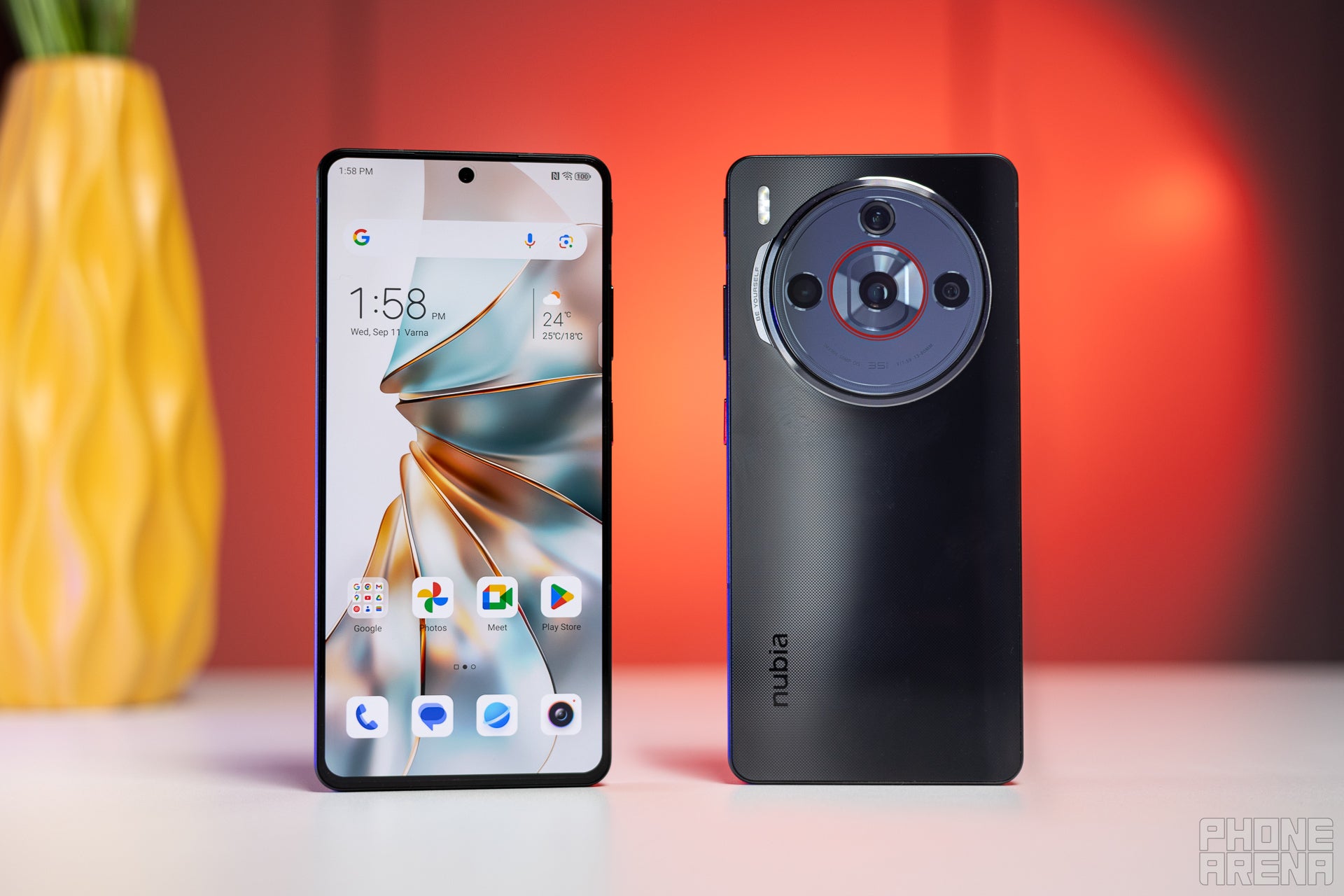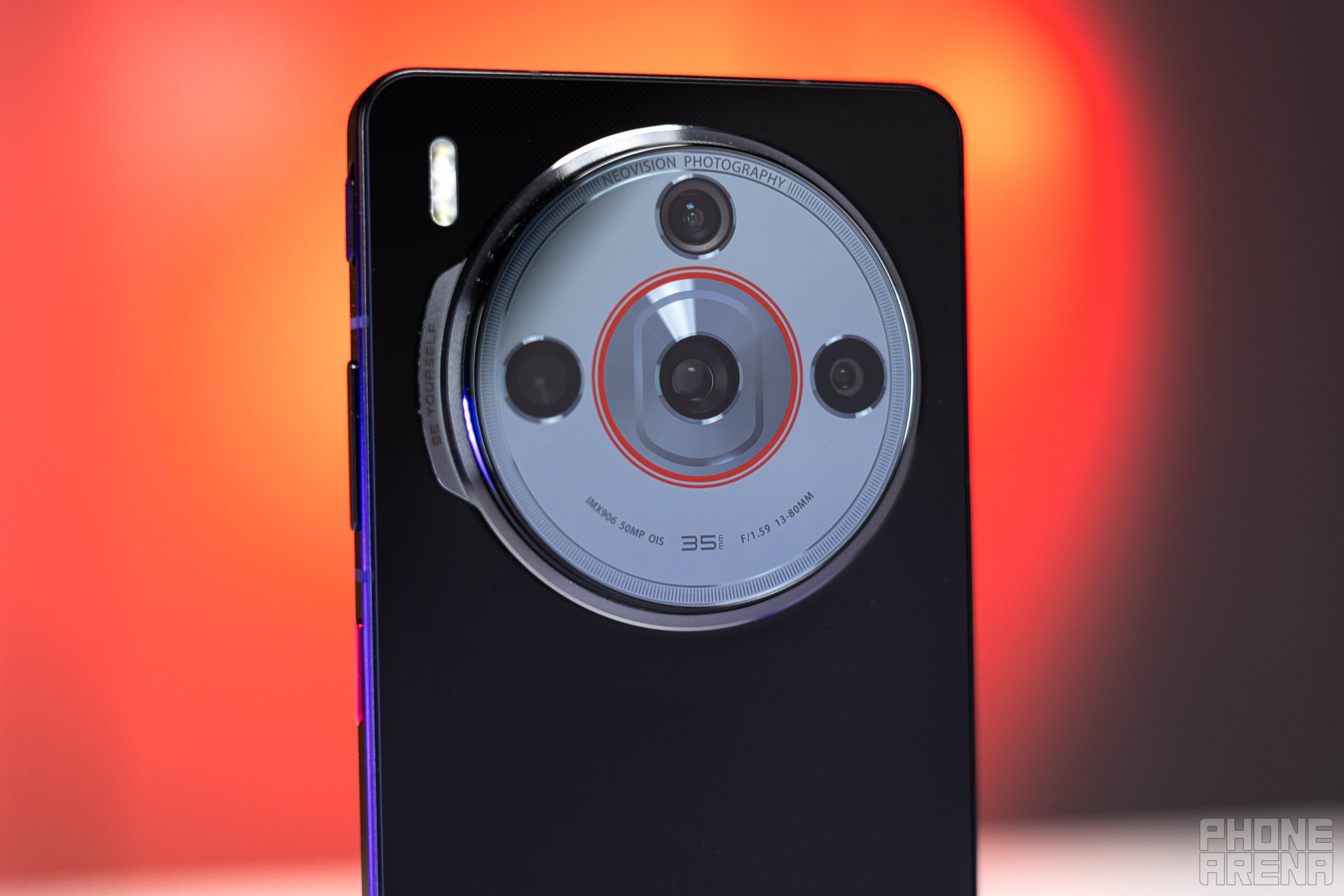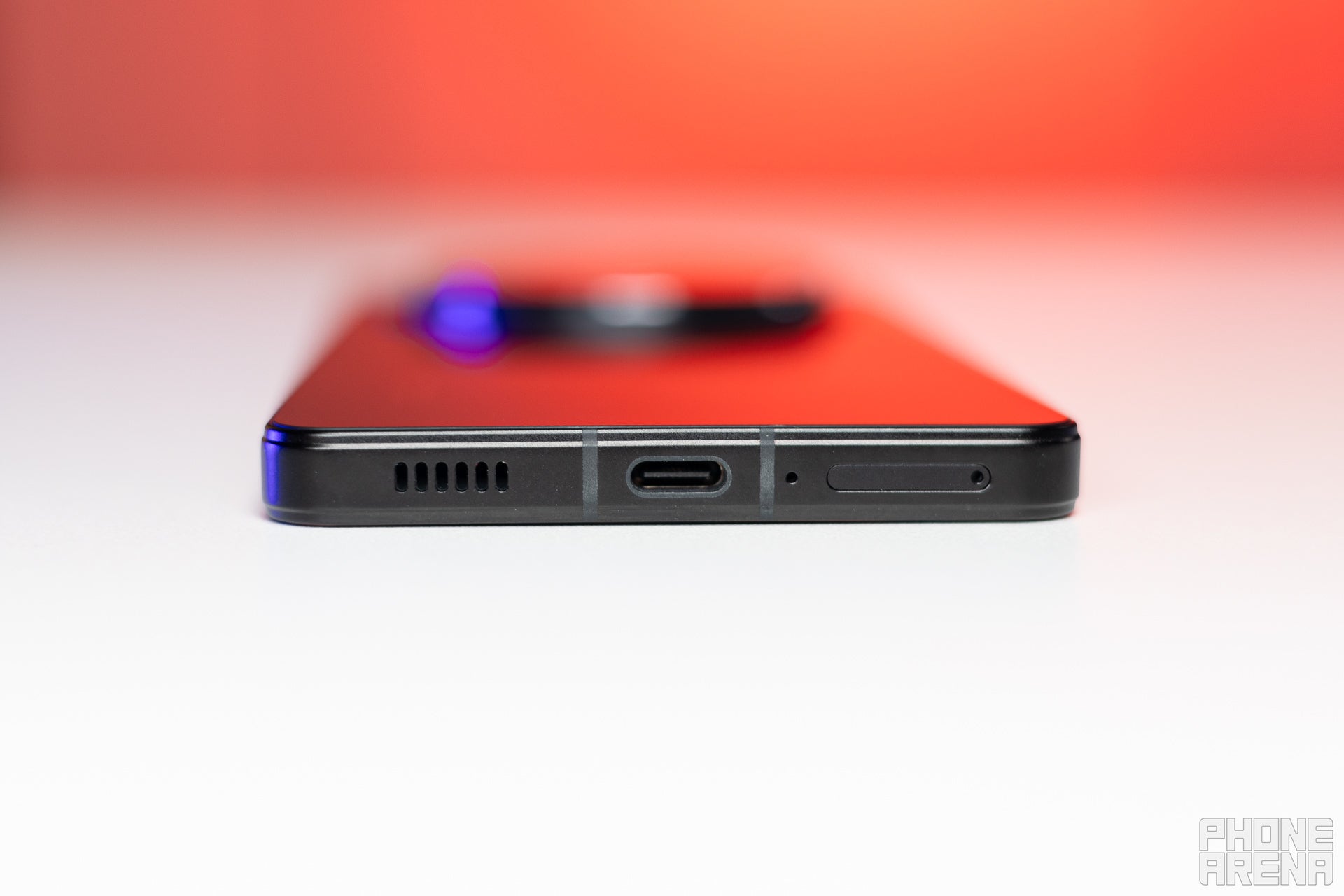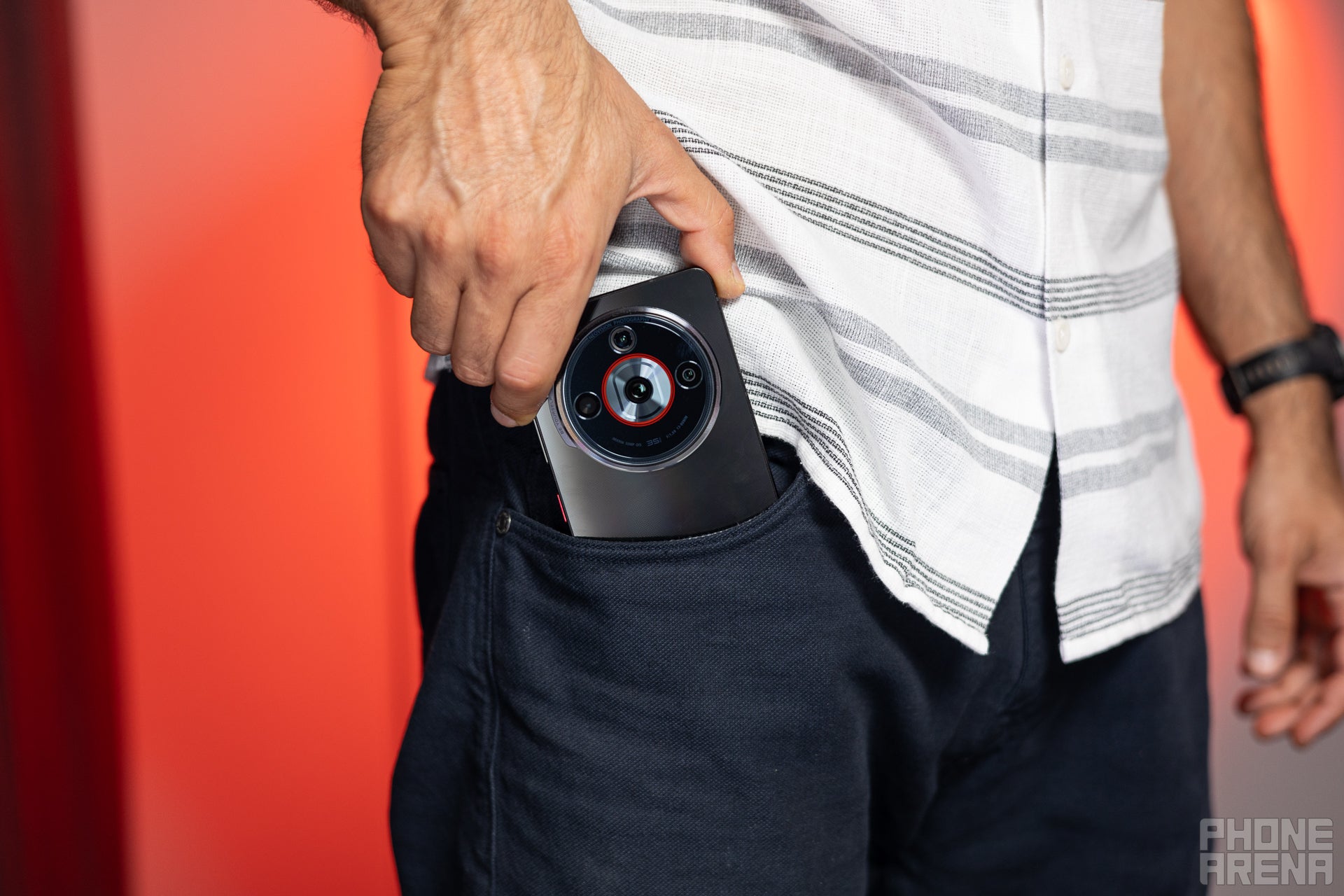Nubia Z60S Pro Review: How to make an affordable flagship

Nubia Z60S Pro Intro
Well, that’s exactly what Nubia is trying to do with the Z60S Pro. So, we’re starting this review with the price in order to put everything that follows in that context. The base model costs $569, and it comes with 12GB of RAM and 256GB of storage.
Now, some compromises have been made to reach this particular price point. Let’s see if they really impact the overall performance and user experience and if Hubia has succeeded in the quest of making the most affordable flagship out there. Should OnePlus be concerned?
Table of Contents:
Nubia Z60S Pro Specs
Snapdragon 8 Gen 2?
Let’s start with an overview of the Nubia Z60S Pro specs:
| Specs | Nubia Z60S Pro |
|---|---|
| Size and Weight | 163.6 x 76 x 8.7 mm |
| Display | 220 g |
| Processor | Snapdragon 8 Gen 2 |
| Software | Android 14, MyOS 14 |
| Cameras | 50 MP, f/1.6, 35mm (standard), 1/1.56″, 1.0µm, PDAF, OIS 8 MP, f/2.4, 80mm (telephoto), 1/4.4″, 1.0µm, PDAF, optical zoom 50 MP, f/2.0, 13mm, 125˚ (ultrawide), 1/2.88″, 0.61µm, AF |
| Battery Size | 5100 mAh |
| Charging Speeds | 80W wired charge No wireless charging |
| Prices | 12/256GB for $569 |
Nubia Z60S Pro Design and Display
Like a box of candy


The Nubia Z60S Pro front and back (Image credit PhoneArena)
The back is made of glass, but it’s also textured in a very subtle way. If you try to scratch it with your fingernail, you will “hear” the texture.
The back camera system has a circular design that resembles a real camera lens with a coronet. We had the urge to try and turn this thing the moment we saw it, but it’s fixed, and the engraved letters read, “Be yourself.” We really don’t know how to be anyone else, though; otherwise, we would’ve chosen to impersonate a domesticated cat, as these things are the happiest and laziest creatures in the known universe. Anyway, moving on.
The Nubia Z60S Pro is available in three colors: black, white, and aqua. The black variant is the textured one, the white one resembles mother-of-pearl, and the auqa is a very nice light green-blue hue.


That’s a decent retail box right there (Image credit PhoneArena)
Nubia retail boxes have always been stocked, and the Z60S Pro is no exception. You get the phone with a pre-applied tempered glass screen protector, a fast charger, a cable, and a semi-transparent plastic back cover. Good job for a $569 phone.


Not terrible, not great (Image credit PhoneArena)
Moving to the display of the Z60S Pro, it’s a 6.78-inch AMOLED with 2800×1260 resolution, 452 PPI pixel density, and 1-120Hz adaptive refresh rate. Nubia calls this thing “1.5K Ultra Retina Eye-Care Straight Screen,” and as flamboyant as this might sound, we’re putting it through our display test procedure to see what’s what.
In terms of biometrics, you have an under-display fingerprint scanner of the optical type (it’s also buried in the menus) and facial recognition. Both work well enough, but bear in mind that Face Unlock uses a simple front facing camera.
Nubia Z60S Pro Camera
Neovision photography


Four holes but just three effective cameras (Image credit PhoneArena)
The Neovision camera system consists of three main sensors and one additional color sensor. The wide camera uses the flagship Sony IMX906 sensor, which is a 50MP, 1/1.56″ sensor under a lens with f/1.59 aperture and some optical image stabilization on top of all that.
The Ultrawide camera uses another 50MP sensor and has a very wide field of view of 125 degrees. The focal length equivalent is 13mm, and the aperture is f/2.0. Finally, there’s a dedicated telephoto camera with a rather humble 8MP sensor and 80mm focal length equivalent, and this translates to around 2.3x optical if we do the math (the main camera is 35mm).
Let’s look at some samples and see what all these numbers look like in real life.
Main Camera
The main camera sensor is a flagship-grade Sony IMX906 and this shows in the day photos. They look great, with good level of detail, exposure is also decent, and the colors are true to life. The dynamic range is also flagship-grade.
When the night falls, the main sensor is still able to capture a lot of details, although there are some artifacts around light sources, and the images look a bit on the softer side. The dynamic range isn’t great but on the other hand, night images look much more realistic and close to what we saw when taking them, than many HDR-enhanced samples from other phones.
Ultrawide Camera
The ultrawide camera has a really wide field of view, which can lead to distortion at the edges of the image. Object look quite stretched and there’s a difference in quality, compared to the central region of the image. On the other hand, there’s a good level of detail, the colors look good, and the white balance and exposure also look pretty decent.
Zoom Quality
The zoom camera uses an 8MP sensor, and the aperture is not the fastest out there either. In good lighting conditions you can get passable results but overall, there’s a perceivable lack of detail, images look washed out and sometimes a little overexposed, too. The level of magnification is also not that great compared to the main camera, and overall, it might be better to use 2x crops from the main sensor.
Selfies
The selfie camera is nothing to write home about. It’s a 16 MP, f/2.5, 26mm camera with a rather small sensor. There’s a beauty mode, and a portrait mode as well, but both produce unnatural, squashed and plasticky-looking images. We suggest using the front camera in normal mode, without beauty filters or portrait bokeh algorithms applied.
Video Quality

The Nubia Z60S Pro can record videos with up to 8K resolution at 30fps which is impressive on paper. The 4K recording looks rather nice, even though there’s more to be desired from image stabilization. The focus is fast and accurate, but you can’t switch between lenses while recording, which means that the zoom is digital, and you can’t zoom out once the recording has been started.
Nubia Z60S Pro Performance & Benchmarks
Old gen Snapdragon but overclocked


The Snapdragon 8 Gen 2 holds its ground pretty well (Image credit PhoneArena)
The base version comes with 12GB of RAM and 256GB of storage, but you can get the top 16GB/1TB model for not that much more cash, too. It’s also worth mentioning that the RAM chps are LPDDR5x and the storage silicon is the faster UFS 4.0 variety. Time for some synthetic benchmarks.
Performance Benchmarks:
Nubia Z60S Pro Software
The Z-Pop is something similar, but it’s a floating point (that’s actually quite distractive), and you can access a fixed set of shortcuts, such as Home, screenshot, status bar, restart, sound mode, etc.
Both of these can be useful, but there’s a learning curve, and they require a change of habit to be able to take the most of them. And we’re not sure many people would go through the trouble of putting in the energy.
Nubia says there are some Google AI features available, such as Magic Eraser, AI Blur, and AI Sky, but they weren’t available at the time of review, so we might get them with a future software update.
Speaking of updates, the Z60S Pro offers three years of major software updates, which is a bit short compared to mainstream flagships these days, but not too bad considering the brand and price point of the phone.
Nubia Z60S Pro Battery
Solid
PhoneArena Battery Test Results:
Interestingly, the 5,100 mAh battery doesn’t perform as expected, specially against the competition. Not that the results are bad, but the overall score is not that impressive for a cell of this capacity. The 6h 38m overall estimate ranks the phone #32 which is almost spot on at the average for the category.


Fast wired charging, but no wireless charging support (Image credit PhoneArena)
PhoneArena Charging Test Results:
Sadly, another big sacrifice (especially if you’re used to having this feature) is the lack of wireless charging. This might be absolutely irrelevant to some people or a dealbreaker for others, but it is what it is. No wireless charging onboard. The good thing is that the fast wired charging is very fast indeed. The 80W bundled charging brick fills up the battery from 0 to 100% in just 37 minutes. Who needs wireless charging when the wired one is so fast, right?
Nubia Z60S Pro Audio Quality and Haptics
The haptic feedback is another pleasant surprise; the vibration is strong and tight. You won’t be missing any calls in silent mode. Good job!
There’s no 3.5mm headphone jack, but in 2024 this is not surprising. There’s an IR blaster (which is typical for Chinese smartphones), so you might be able to turn this phone into an AC control, or a TV remote, if that’s your thing.
Should you buy it?


Another tough call, pocket it or not? (Image credit PhoneArena)
These aren’t strictly better, but they’re more readily available, they offer better software support, and the resell value is also much better. The lack of wireless charging and the somewhat subpar screen don’t help the Z60S case.
On the flip side, the Nubia Z60S Pro offers great performance despite using the Gen 2 chipset; the main camera snaps pretty decent photos, and the battery life is solid. Will this be enough to make people pick this phone instead of the aforementioned alternatives or a device from the Galaxy A lineup? We can’t say.
Source link


